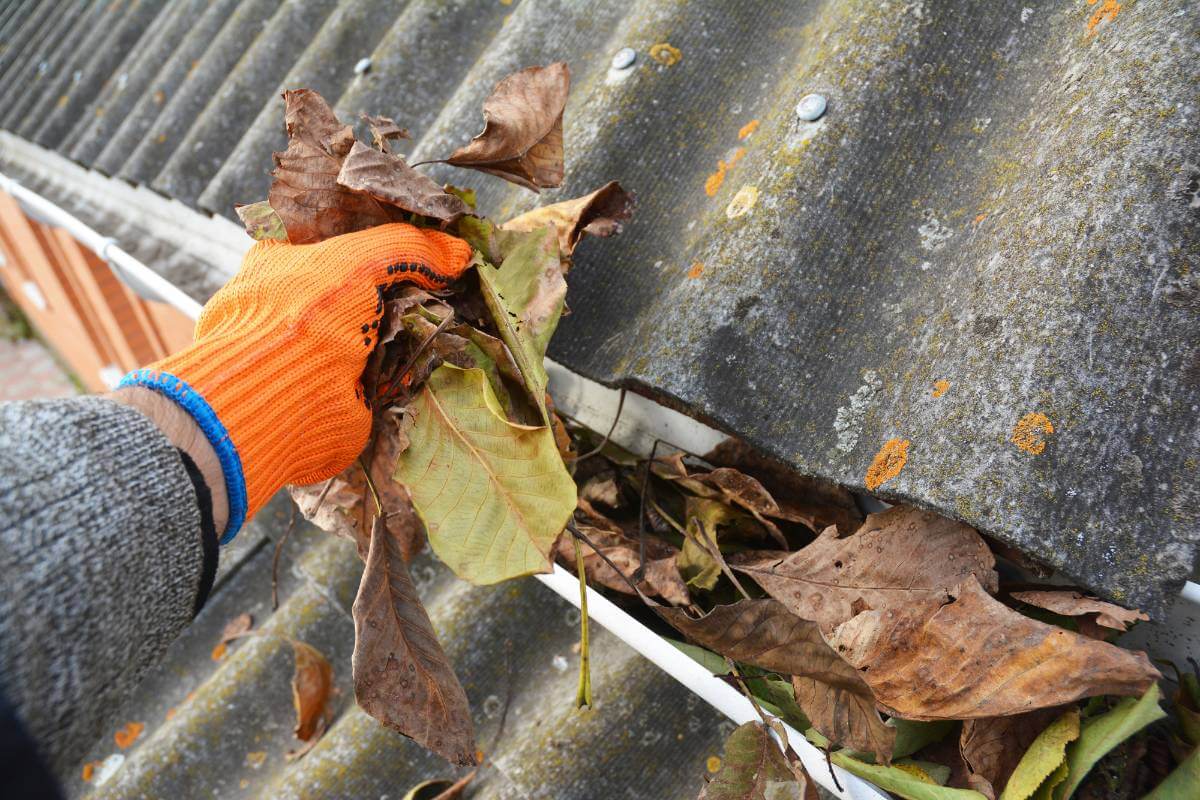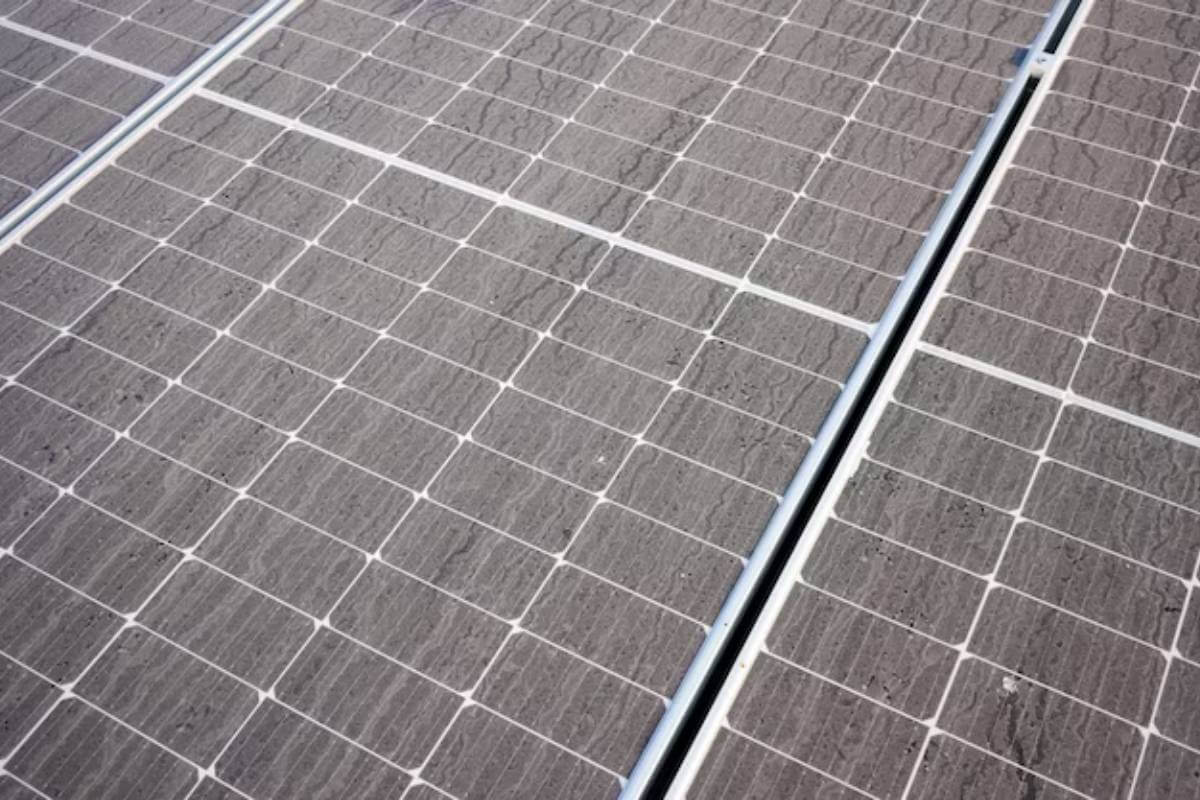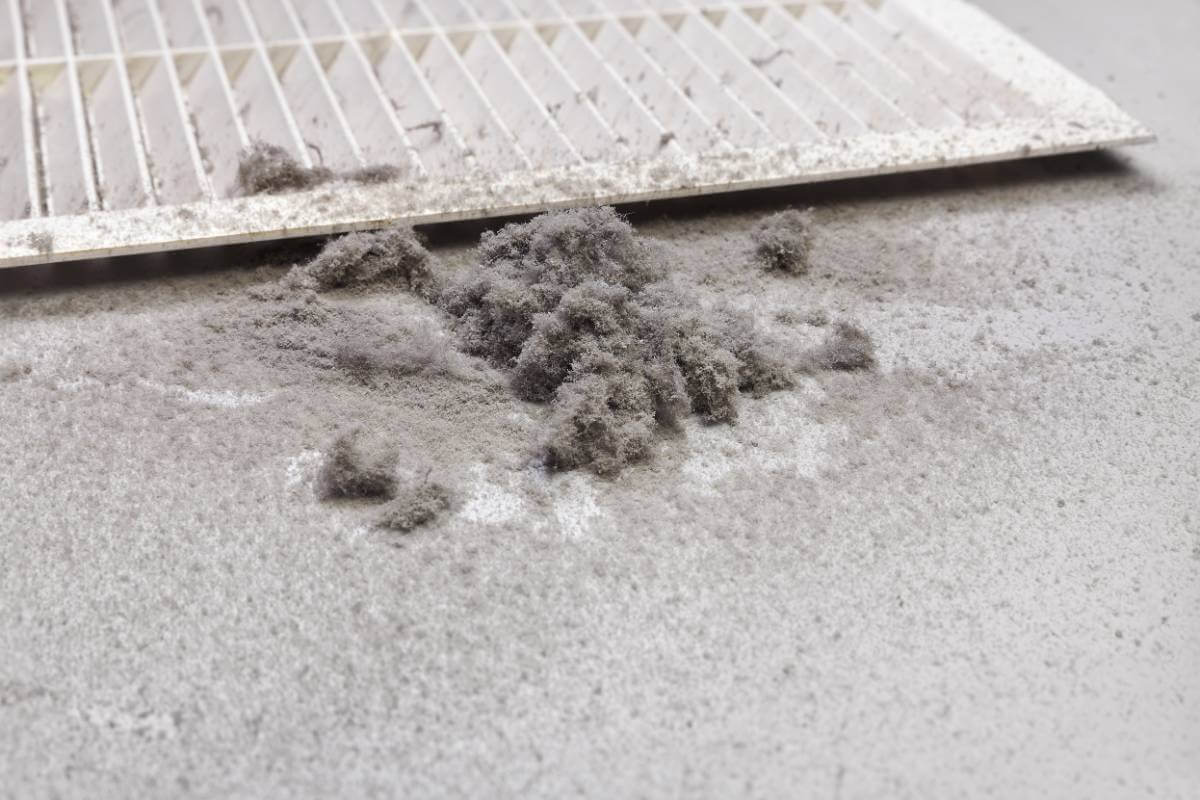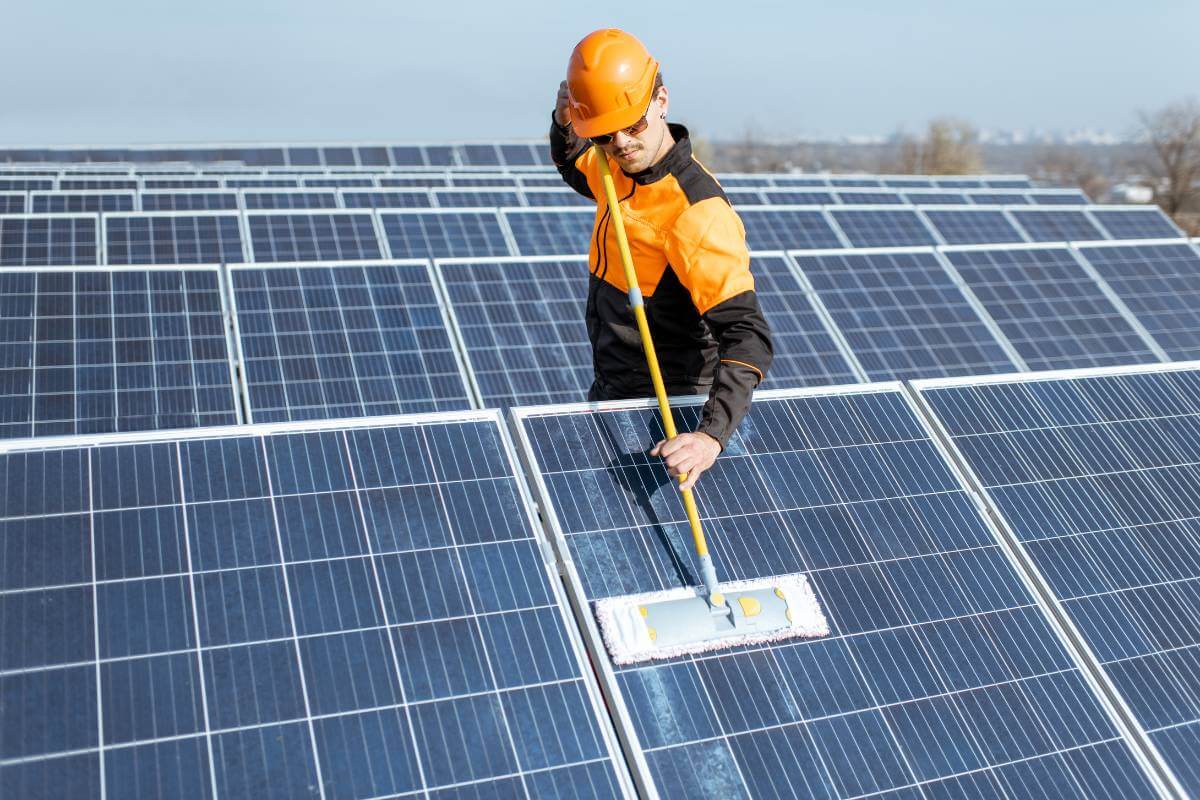
How dust and dirt affect the performance of your Solar Energy System
Unseen Culprits: The Impact of Dust and Dirt on Solar Power Systems
The adoption of solar energy has grown exponentially in recent years, with many individuals and businesses turning to solar panels as a sustainable and cost-effective energy source. However, one aspect that is often overlooked is the effect of dust and dirt on the performance of solar power systems. In this blog post, we will explore the hidden consequences of these seemingly innocuous elements and delve into how they can significantly impact the efficiency of your solar panels.

How dust and dirt affect the performance of your Solar Energy System
The Silent Saboteurs: Understanding How Dust and Dirt Accumulate on Solar Panels
To comprehend the impact of dust and dirt on solar power systems, it’s crucial to first understand how these elements accumulate on the surface of solar panels. Dust particles carried by the wind, pollen, and general environmental debris settle on the panels over time. This accumulation forms a layer that can hinder the absorption of sunlight, thereby reducing the efficiency of the solar cells. In this section, we’ll take a closer look at the science behind this process and its implications for your solar energy production.
Solar panels are designed to capture sunlight and convert it into electricity, but any barrier between the panels and sunlight can impede this process. Dust and dirt act as a barrier, preventing sunlight from reaching the solar cells. Over time, this layer of debris can become quite substantial, particularly in regions prone to dust storms or with high levels of air pollution.
Regular cleaning is essential to maintain optimal performance. The accumulation of dirt not only reduces the amount of sunlight reaching the solar cells but also creates a thermal barrier that can cause the panels to overheat. This overheating can lead to a decrease in efficiency and, in extreme cases, long-term damage to the solar cells.

How dust and dirt affect the performance of your Solar Energy System
Dollars in the Dust: Calculating the Financial Impact on Solar Energy Production
While the impact of dust and dirt on solar panels may seem minor, the financial implications can be significant. In this section, we will delve into the economic aspects of reduced solar energy production and explore how neglecting panel cleanliness can result in higher maintenance costs and a diminished return on investment.
The financial consequences of decreased solar energy production due to dust and dirt cannot be overstated. As the efficiency of your solar panels declines, so does the amount of electricity they generate. This translates directly into financial losses, as the purpose of installing solar panels is often to save on electricity bills and contribute to a greener environment.
Moreover, the increased workload on the panels resulting from dirt accumulation can lead to higher maintenance costs. Over time, the wear and tear caused by overheating and reduced efficiency may necessitate more frequent repairs or even panel replacements. Considering these factors, it becomes clear that investing in regular cleaning and maintenance is a prudent financial decision.

How dust and dirt affect the performance of your Solar Energy System
The Environmental Impact: How Dirty Solar Panels Affect Your Carbon Footprint
Beyond the financial implications, the environmental impact of dirty solar panels is another critical aspect to consider. In this section, we’ll explore how reduced solar efficiency contributes to a higher carbon footprint and undermines the environmental benefits that solar energy is intended to provide.
One of the primary reasons for transitioning to solar energy is its eco-friendly nature, with the promise of reducing reliance on fossil fuels and lowering carbon emissions. However, when solar panels are covered in dust and dirt, their ability to harness sunlight diminishes, leading to a decline in energy production. As a result, households and businesses may need to supplement their solar-generated electricity with power from conventional sources, often derived from non-renewable fossil fuels.
This unintended consequence not only increases electricity bills but also negates the environmental benefits of solar energy. By ensuring that solar panels remain clean and efficient, individuals and organizations can maximize their contribution to reducing carbon emissions and mitigating the impacts of climate change.

How dust and dirt affect the performance of your Solar Energy System
Solutions for Sparkling Solar Panels: Tips for Effective Cleaning and Maintenance
To ensure the longevity and optimal performance of your solar power system, regular cleaning and maintenance are essential. In this final section, we will provide practical tips and solutions for keeping your solar panels free from dust and dirt, maximizing their efficiency, and ultimately securing the longevity of your investment.
Effective cleaning of solar panels involves a combination of regular inspections, preventive measures, and scheduled cleanings. Begin by inspecting your panels for any visible dirt or debris and remove it gently with a soft brush or cloth. For a more thorough cleaning, consider using a mild detergent mixed with water and a soft sponge. Avoid using abrasive materials or harsh chemicals, as these can damage the protective coating on the panels.
In addition to manual cleaning, explore automated cleaning solutions such as robotic cleaners or water-fed cleaning systems. These technologies can help maintain your solar panels’ efficiency with minimal manual effort.
In conclusion, understanding and addressing the impact of dust and dirt on your solar power system is crucial for maximizing its efficiency and longevity. By incorporating regular cleaning into your maintenance routine, you can not only optimize energy production but also contribute to a cleaner, more sustainable future.

How dust and dirt affect the performance of your Solar Energy System
